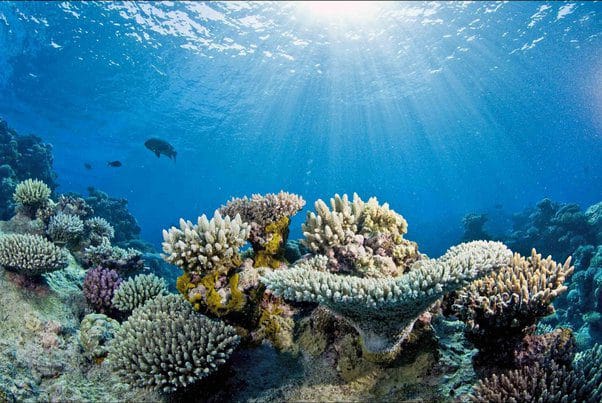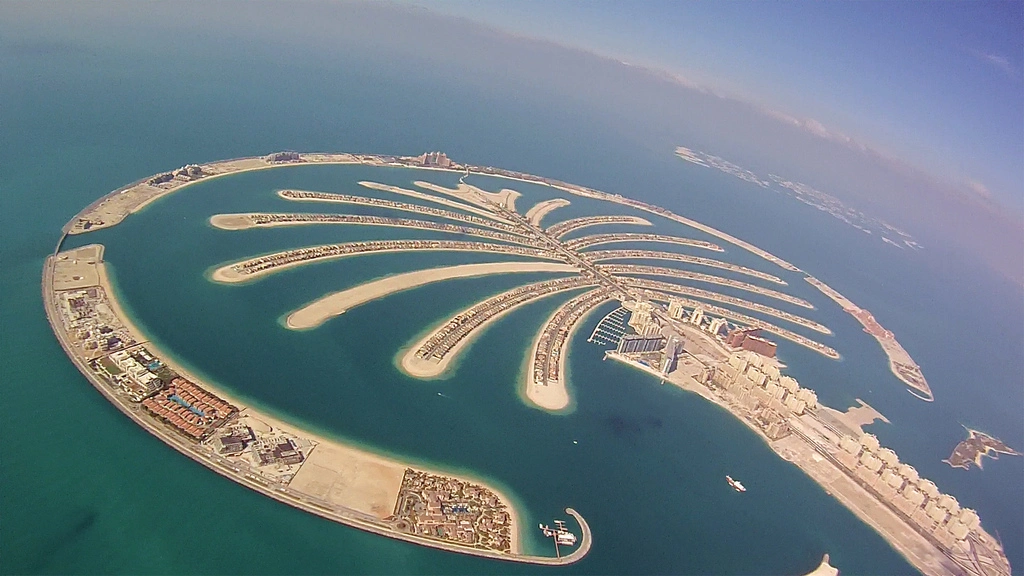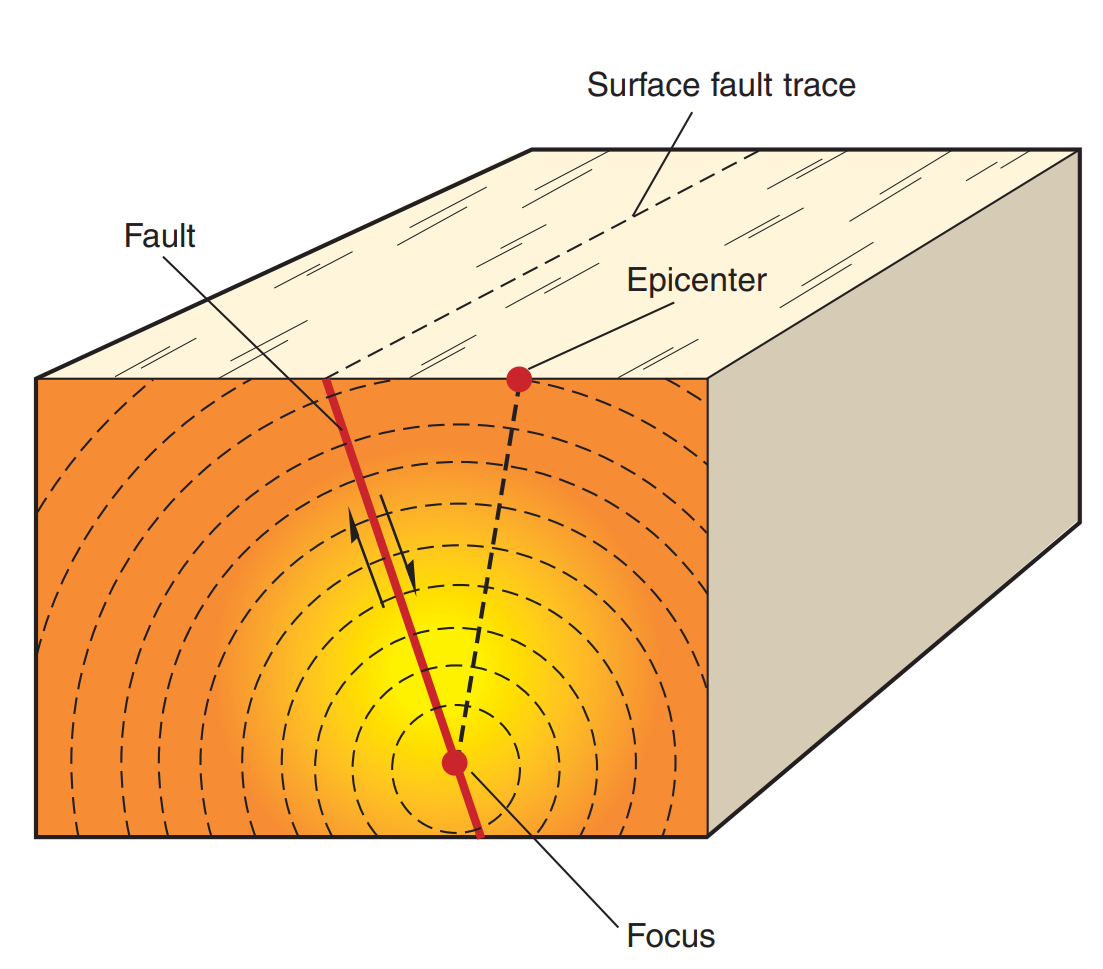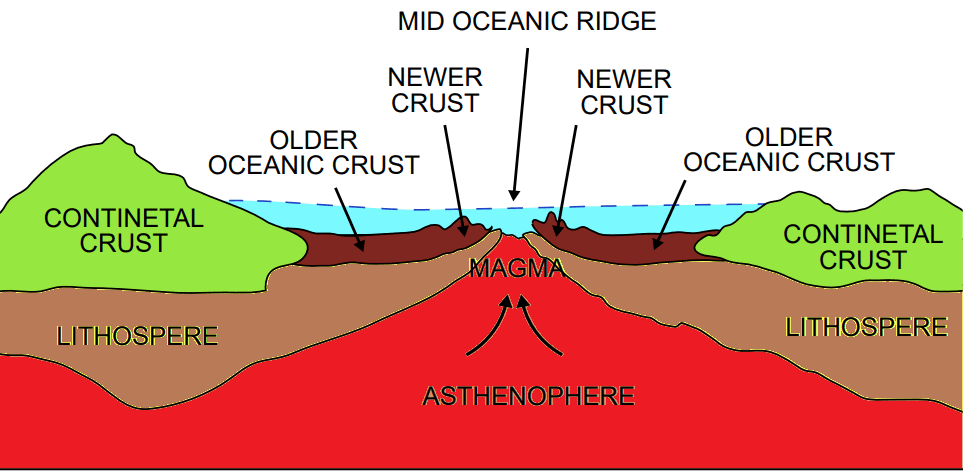What Are Coral Reefs? Ecosystem Facts & Conservation 2025
Coral reefs are marine ecosystems formed by colonies of coral polyps held together by calcium carbonate. These biodiversity hotspots support over 4,000 fish species and 800 hard coral species, earning them the nickname “Rainforests of the Sea.” Coral reefs require warm water temperatures (70-85°F), clear shallow waters, and adequate sunlight for their symbiotic algae called zooxanthellae to perform photosynthesis.
What Are Coral Reefs? Ecosystem Facts & Conservation 2025 Read More »









